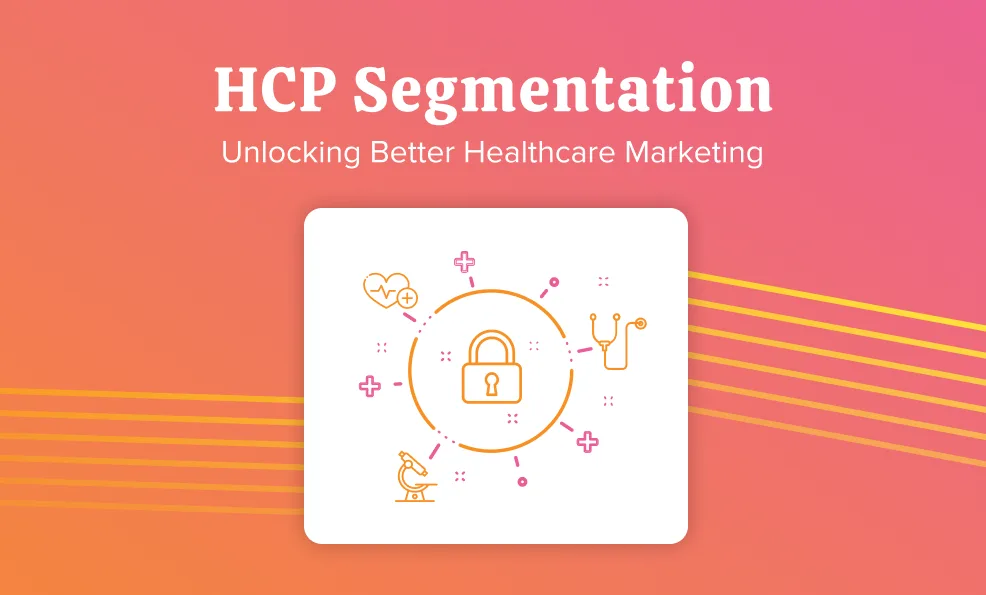
In September, my team visited the Digital PM Summit for the first time, and although roles of all the attendees varied greatly, we all had the same idea of what the ideal process for digital projects is. During one of my favorite sessions, “Requirements Gathering & Documentation: Balancing Rigidity and Flexibility,” Kelly Suter discussed why you should treat your website as a living thing and how you can continue to review and build upon it after launch day.
Unfortunately, this is not always the case. Often we meet with clients who approach us in desperate need of a new website. Their site hasn’t been updated in years and at this point, it’s hardly usable on a mobile device. Their website has been an afterthought since the last version launched in 2013 and it’s beginning to have an impact on business. Sound familiar? If so, you’re not alone!
Let’s be real: websites can be expensive and time consuming; the process requires a lot of energy, and once your site launches, it’s easy to say, “let’s check that off the list” and move on to another project. However, your website has a large impact on your digital presence and very likely provides the first impression of your brand for a large part of your audience. Your website is essential to your marketing strategy. But how do you know when it’s time to make updates and what changes should be prioritized?
Here are 3 ways that you can keep your website fresh:
Continue usability testing to understand your audience’s changing needs.
Usability testing is important to conduct before your website is published but should also be used as a post-launch tactic to help you understand what user behaviors are changing and what should occur before you release any feature updates. Knowing if users will be able to easily navigate your website or find the content they need in a timely manner is critical to its success. Yes, we know, your boss loves sliders and wants to see them on every page, but are they benefitting your audience or inadvertently hiding important content? Remember who your website is for, and adjust based on their needs.
Conduct A/B testing to optimize engagement.
If you’re having trouble with conversions or know that bounce rates are particularly high on a certain section of your website, you might benefit from A/B testing. A/B testing allows you to run two different versions of a webpage simultaneously, with each version being served at random to see which is performing better based on user actions.
Perform regular site audits to test performance, accessibility standards, and security.
Regular performance testing is very helpful in providing insight into where your website can use some assistance from a more technical standpoint. Did you know that nearly 50% of website users expect loading time to take a maximum of two seconds? Not to mention, if your website doesn’t meet accessibility standards, you can easily be shutting out a potential customer base from getting to know your brand at all. Coming up short in these areas may not be as obvious as an outdated design, but they are just as important, especially considering the impact of major algorithm changes like Google's Core Updates.
Consider brands that constantly change to meet their customers’ demands. Apple just released a new series of the iPhone and Apple Watch this September. Similar to what they did last September and what they will most definitely do next September. And those enhancements get us EVERY. SINGLE. TIME. But it’s how Apple stays relevant. The point is, even if you're not a gazillion dollar tech company, this concept still applies to your business. Instead of giving your website an end date and crossing it off your list once it’s “done,” strive to find ways to continue improving and enhancing your digital presence.
It's OK if you aren't sure how to run an A/B test or perform a website audit. We help our clients with these things all the time; it's what we're here for. Contact us to find out how we can do the same for you.

